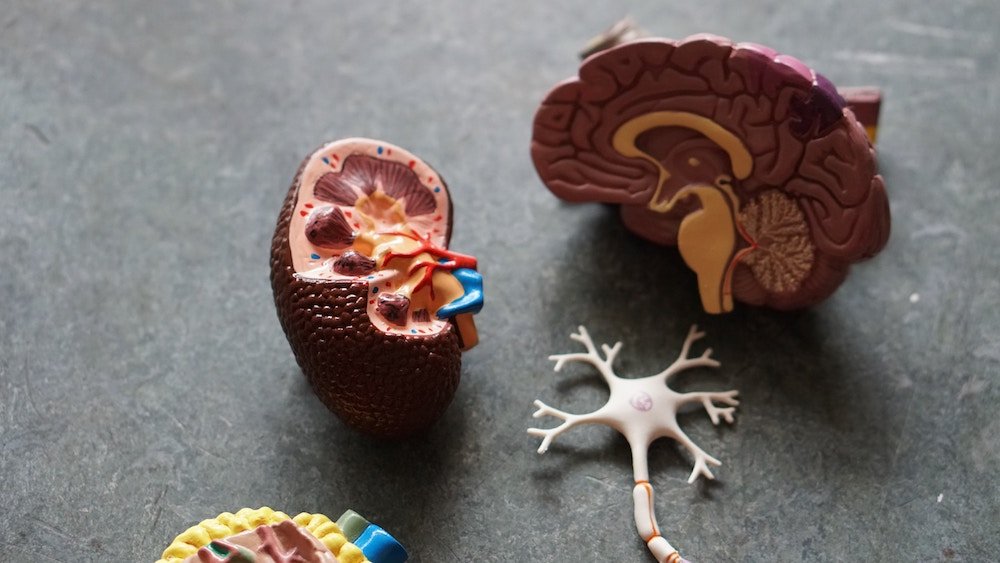There are different forms of dementia, one of them being Binswanger’s disease (BD).
This is a type of small vessel vascular dementia that occurs when there is damage to the white brain matter.
The progressive disease is also known as SAE (subcortical arteriosclerotic encephalopathy) or subcortical leukoencephalopathy.
The illness mostly affects seniors who are between the ages of 54-66. Moreover, the disease was first described in 1894 by Otto Binswanger when he claimed that dementia can also be caused by vascular insufficiency.
In 1902, Alois Alzheimer started to study Otto’s work and supported his hypotheses and ideas; thus, decided to name it after Binswanger.
However, modern-day investigations of the illness did not begin until 1962; reason Olszewski gets much credit for the disease.
Contents
Causes of the Illness

As aforementioned, Binswanger’s disease develops where there is damage to the brain’s white matter. This can be brought about by several factors, such as:
- Old age
- Chronic hypertension
- Diabetes
- Blood clots (thromboembolism)
- CADASIL disease
- Smoking
- Heart disease
When there is widespread damage to the deep layers of the brain’s white matter, it results in the narrowing and thickening of the arteries (atherosclerosis) that feed the brain’s subcortical areas.
The arteries continue to become narrower which affects blood supply and eventually, the brain tissues die off.
Binswanger’s Disease Symptoms, Treatment, and Prognosis
Binswanger’s Disease Symptoms

Symptoms of BD typically relate to the disruption of subcortical neural circuits that control executive cognitive functioning.
Some of the signs that characterize the disease include:
- Mood changes
- Loss of memory
- Loss of intellectual function
- Stroke
- Mental deterioration
- Language disorders
- Muscle ataxia
- Transient ischemic attack
- Impaired movement that can including changes in how a person walks
- Changes in posture
- Depression
Some of the symptoms above may coincide with other warning signs such as fainting, epilepsy, uncontrollable bladder, and multiple falls.
The disease generally affects processing speed which causes impaired concentration.
As a result, it becomes challenging to do daily tasks like driving, meal preparation, and managing finances.
Diagnosis

To diagnose the illness, experts normally rely on clinical examinations as well as MRI, CT scan, or proton MR spectrography.
Indications of the disease usually include lesions, enlargement of ventricles, infractions, loss of intensity of the white matter, and leukoaraiosis.
Some doctors also conduct MMSE (Mini-Mental State Examination) to assess the level of cognitive impairment.
This also serves as a screening test for dementia.
Treatment and Management

Just like many other forms of dementia, Binswanger’s disease does not have a cure.
Studies also reveal it is the most severe impairment of all vascular dementias. To manage the illness, doctors recommend treating the cause of poor perfusion in the brain like diabetes or chronic hypertension.
Persons with this illness may also benefit from donepezil a type of Alzheimer’s medication.
The drug whose trade name is Aricept increases acetylcholine in the human brain.
It does this by deactivating the enzyme that breaks down acetylcholine through a choline esterase inhibitor.
Acetylcholine is important in the brain because it aids in the restoration of normal levels of neurotransmitters.
The medicine may help to enhance the ability to function, memory, and awareness.
Antidepressants like citalopram and sertraline may work well for persons with anxiety or depression.
Antipsychotic drugs like olanzapine and risperidone may also be necessary when the person with BD also showcases symptoms of disruptive behavior and agitation.
Memantine is another drug that can aid in enhancing cognition and stabilization of global functioning.
If a person with the illness does not take drugs, the disease will worsen as time goes by because damage to the white matter will be ongoing.
It is also important to note that the disease may affect different people in different ways. This is why experts base treatment on the symptoms and signs that are present in each person.
Because it is a progressive disease, behaviors that slow down the progression of diabetes, high blood pressure, and atherosclerosis can also decrease the rate of BD progression.
This includes maintaining healthy sleep/wake schedules, eating healthy diets, keeping fit, quitting smoking and reducing alcohol consumption.
Prognosis

Because the disease has no cure, it means that persons with BD can only adapt to healthy life choices and working closely with medics to live as long as possible.
Depending on the weak person, the progression of the illness may either be gradual or sudden before going ahead to progress in a stepwise manner.
The disease may also coexist with Alzheimer’s disease.
Is Binswanger’s Disease Inherited?

Experts do not consider BD as an inherited disease. Nonetheless, genetics may play a role in some of the risk factors and conditions that relate to the illness like blood clots and atherosclerosis.
Research Being Conducted

Researchers and other stakeholders continue to conduct extensive research on Binswanger’s disease. Many institutions take up research in laboratories and some also focus on clinical trials.
A high percentage of the study focuses on finding better ways to treat, prevent, and finally cure the neurological disorder.







